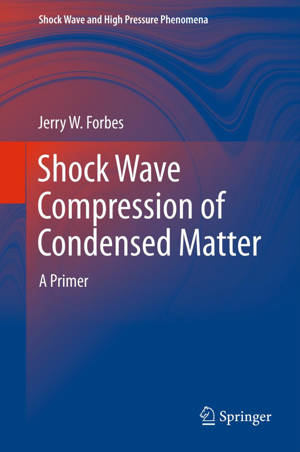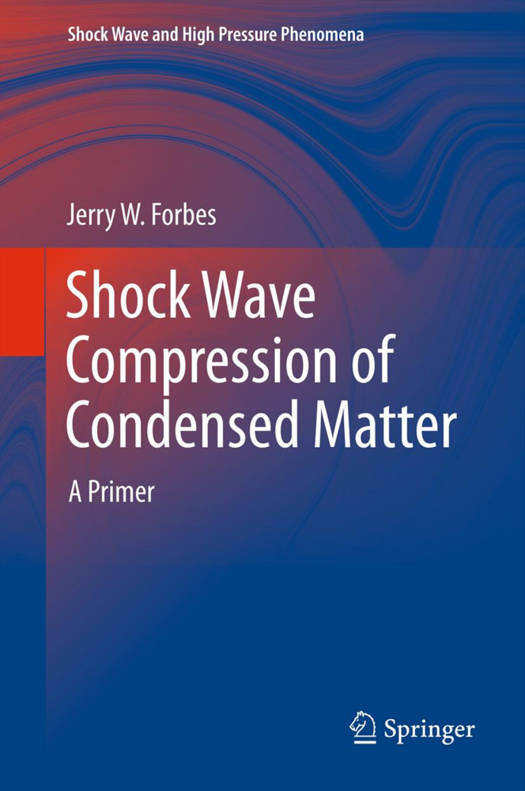
- Afhalen na 1 uur in een winkel met voorraad
- Gratis thuislevering in België vanaf € 30
- Ruim aanbod met 7 miljoen producten
- Afhalen na 1 uur in een winkel met voorraad
- Gratis thuislevering in België vanaf € 30
- Ruim aanbod met 7 miljoen producten
Zoeken
Omschrijving
This book introduces the core concepts of the shock wave physics of condensed matter, taking a continuum mechanics approach to examine liquids and isotropic solids. The text primarily focuses on one-dimensional uniaxial compression in order to show the key features of condensed matter's response to shock wave loading. The first four chapters are specifically designed to quickly familiarize physical scientists and engineers with how shock waves interact with other shock waves or material boundaries, as well as to allow readers to better understand shock wave literature, use basic data analysis techniques, and design simple 1-D shock wave experiments. This is achieved by first presenting the steady one-dimensional strain conservation laws using shock wave impedance matching, which insures conservation of mass, momentum and energy. Here, the initial emphasis is on the meaning of shock wave and mass velocities in a laboratory coordinate system. An overview of basic experimental techniques for measuring pressure, shock velocity, mass velocity, compression and internal energy of steady 1-D shock waves is then presented. In the second part of the book, more advanced topics are progressively introduced: thermodynamic surfaces are used to describe equilibrium flow behavior, first-order Maxwell solid models are used to describe time-dependent flow behavior, descriptions of detonation shock waves in ideal and non-ideal explosives are provided, and lastly, a select group of current issues in shock wave physics are discussed in the final chapter.
Specificaties
Betrokkenen
- Auteur(s):
- Uitgeverij:
Inhoud
- Aantal bladzijden:
- 374
- Taal:
- Engels
- Reeks:
Eigenschappen
- Productcode (EAN):
- 9783642325342
- Verschijningsdatum:
- 2/02/2013
- Uitvoering:
- Hardcover
- Formaat:
- Genaaid
- Afmetingen:
- 162 mm x 240 mm
- Gewicht:
- 689 g

Alleen bij Standaard Boekhandel
+ 232 punten op je klantenkaart van Standaard Boekhandel
Beoordelingen
We publiceren alleen reviews die voldoen aan de voorwaarden voor reviews. Bekijk onze voorwaarden voor reviews.











